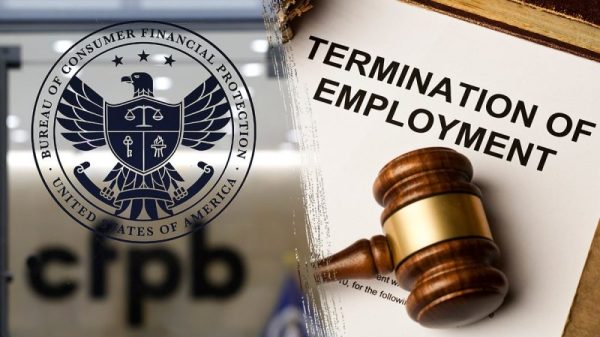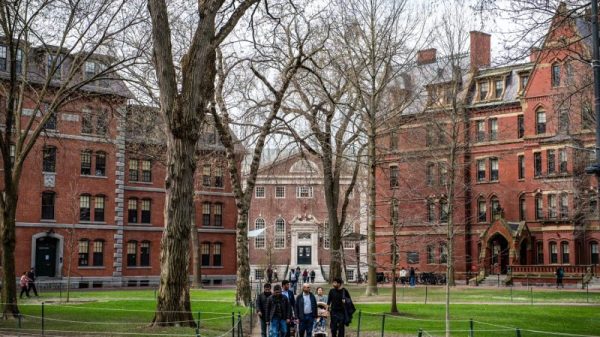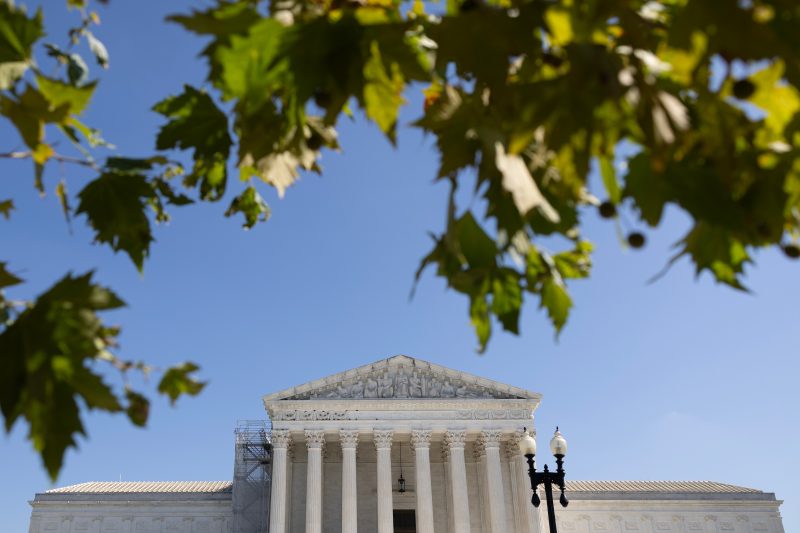The Supreme Court on Wednesday seemed likely to reinstate a South Carolina congressional map drawn by the GOP-majority legislature that a lower court found “exiled” 30,000 Black voters to create a district safer for a White Republican incumbent.
Just a few months ago, the justices found that Alabama had illegally drawn its congressional map to dilute the power of Black voters.
But on Wednesday, the question was whether South Carolina’s new map — which moved Black voters from one congressional district to another — was a permissible gerrymander to bolster the Republican majority or an unconstitutional attempt to sort voters by race.
Chief Justice John G. Roberts Jr., who wrote the Alabama decision last term, said disentangling race and politics in gerrymandering cases is “very, very difficult” when voting is polarized along both racial and political lines. Black voters and organizations challenging the South Carolina maps, he said, had no direct evidence that racial data, rather than political data, dominated.
“Have we ever had a case before where all it is is circumstantial evidence?” Roberts asked Leah C. Aden of the Legal Defense Fund, which is representing the challengers. He added, “I’m not saying you can’t get there, but it does seem that this would be breaking new ground in our voting rights jurisprudence.”
The case is one of several across the country in which courts are considering challenges to congressional redistricting plans, enough that their eventual rulings could play a large role in determining which party controls the U.S. House after the 2024 elections.
In the Alabama case, Roberts and Justice Brett M. Kavanaugh joined the court’s three liberals to form a majority, finding the state’s plan violated the Voting Rights Act by not creating a second congressional district — out of seven in the state — where Black voters made up a large-enough share of the electorate to have a strong chance of electing their candidate of choice.
Tuesday’s South Carolina case was in some sense the flip side of that decision, examining whether the maps violated the Constitution’s bar on using race as an unjustified and predominant factor in drawing districts.
A three-judge panel in January said the map illegally split Black neighborhoods in the Charleston area. Rep. Nancy Mace (R-S.C.), who had squeaked by her Democratic opponent in 2020, coasted to victory in 2022 in the redrawn district, keeping her seat in what has become the state’s 6-to-1 Republican-dominated congressional delegation.
“The strategies . . . ultimately exiled over 30,000 African American citizens from their previous district and created a stark racial gerrymander of Charleston County and the City of Charleston,” said the panel of judges, two nominated by President Barack Obama and one by President Biden.
The judges, quoting from testimony at trial, found that the changes “were ‘dramatic’ and ‘created tremendous disparity’ in the placement of African Americans” in two congressional districts — Mace’s and the district represented by Rep. James E. Clyburn, the assistant Democratic House leader.
The judges found that South Carolina’s mapmaker tried to keep the African American population below a certain target in Mace’s district, treating Charleston County “in a fundamentally different way than the rest of the state.”
Washington lawyer John M. Gore, representing South Carolina, said the lower-court panel had made numerous missteps and one fundamental one.
The legislature achieved its political goals “by moving Republicans into the district and Democrats out of the district,” Gore said. “All of the direct evidence confirms that it used political data, not racial data, to identify Republicans and Democrats.”
The liberal justices said that just was not so. The lower court held a trial, weighed evidence and judged the credibility of each side’s experts, Justice Elena Kagan said. “And the court said no, the evidence showed that you were doing race as a proxy for politics.”
Justice Sonia Sotomayor agreed, asking detailed questions about whether White Democrats were treated differently from Black Democrats. “The numbers are incredible,” she said
Much of the hearing was focused on those types of specifics.
Justice Ketanji Brown Jackson said the Supreme Court’s role should be only to decide whether the lower court had made a clear legal error in its ruling. But conservative justice Samuel A. Alito Jr. said that was different from simply deferring to the lower court.
Finding clear error “is a very demanding standard, but it is not an impossible standard,” Alito said. “And it doesn’t mean that we simply rubber-stamp findings by a district court, particularly in a case like this, where we are the only court that is going to be reviewing those findings.”
Alito and Kavanaugh asked questions about the methodology of the experts and details about moving voters in certain neighborhoods from Mace’s district to Clyburn’s, and vice versa.
Justice Neil M. Gorsuch questioned Justice Department lawyer Caroline A. Flynn, who supported the Black challengers, about a passage in the government’s brief that said “it would have been plausible for the district court to have come to the exact opposite conclusion it came to here,” meaning that race did not predominate.
Kavanaugh followed up. “You’ve looked at this record and you obviously concluded that the district court could have said no, that expert evidence is not sufficiently reliable or probative in light of the overall record to support the plaintiff’s case?” he asked.
“Well, we think that the expert evidence is a big part of it,” Flynn responded. “We think that there were credibility findings here that might have come out differently with a different three-judge panel, possibly. It’s kind of hard to tell because we weren’t there seeing the witnesses firsthand.”
The state has asked the justices to decide Alexander v. South Carolina State Conference of the NAACP by the end of the year because of the approaching 2024 primaries.


































